Microeconomics Assignment: Unemployment Effects of Minimum Wage Policy
VerifiedAdded on 2022/11/19
|6
|703
|325
Homework Assignment
AI Summary
This microeconomics assignment explores the relationship between minimum wage policies and unemployment. The paper begins by defining price floors and their application in the labor market through minimum wage laws. It explains how minimum wage, as a price floor, can lead to a labor surplus, resulting in unemployment. The analysis uses a supply and demand model of the labor market to illustrate the effects of minimum wage on labor demand and supply. The assignment details how a minimum wage set above the equilibrium wage reduces labor demand while increasing labor supply, creating a surplus of labor and, consequently, unemployment. The paper references key economic concepts such as elasticity of labor demand and provides a visual representation of the market dynamics through a labor market graph. Ultimately, the assignment demonstrates how government intervention in the form of minimum wage can have significant impacts on employment levels and labor market equilibrium.
1 out of 6
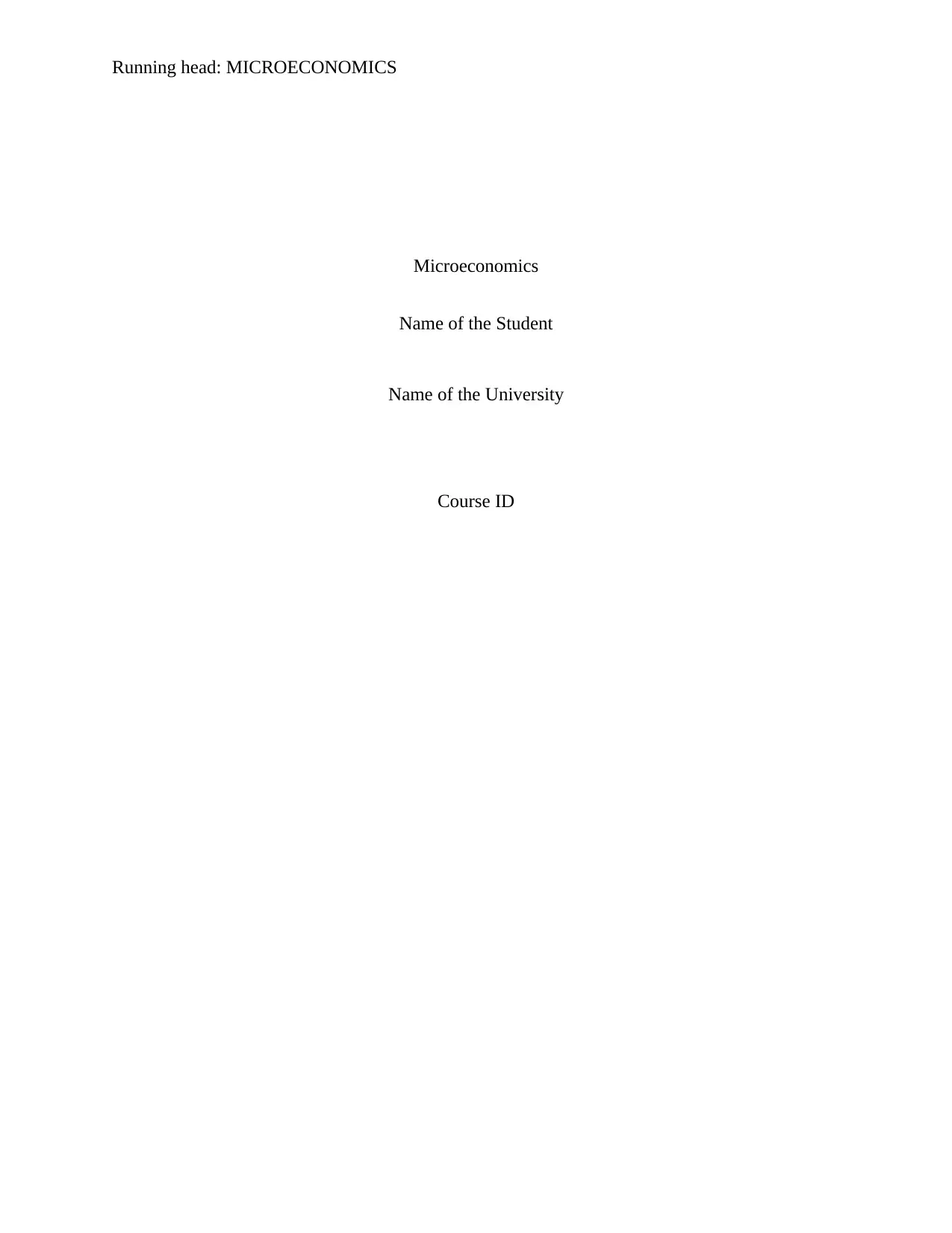
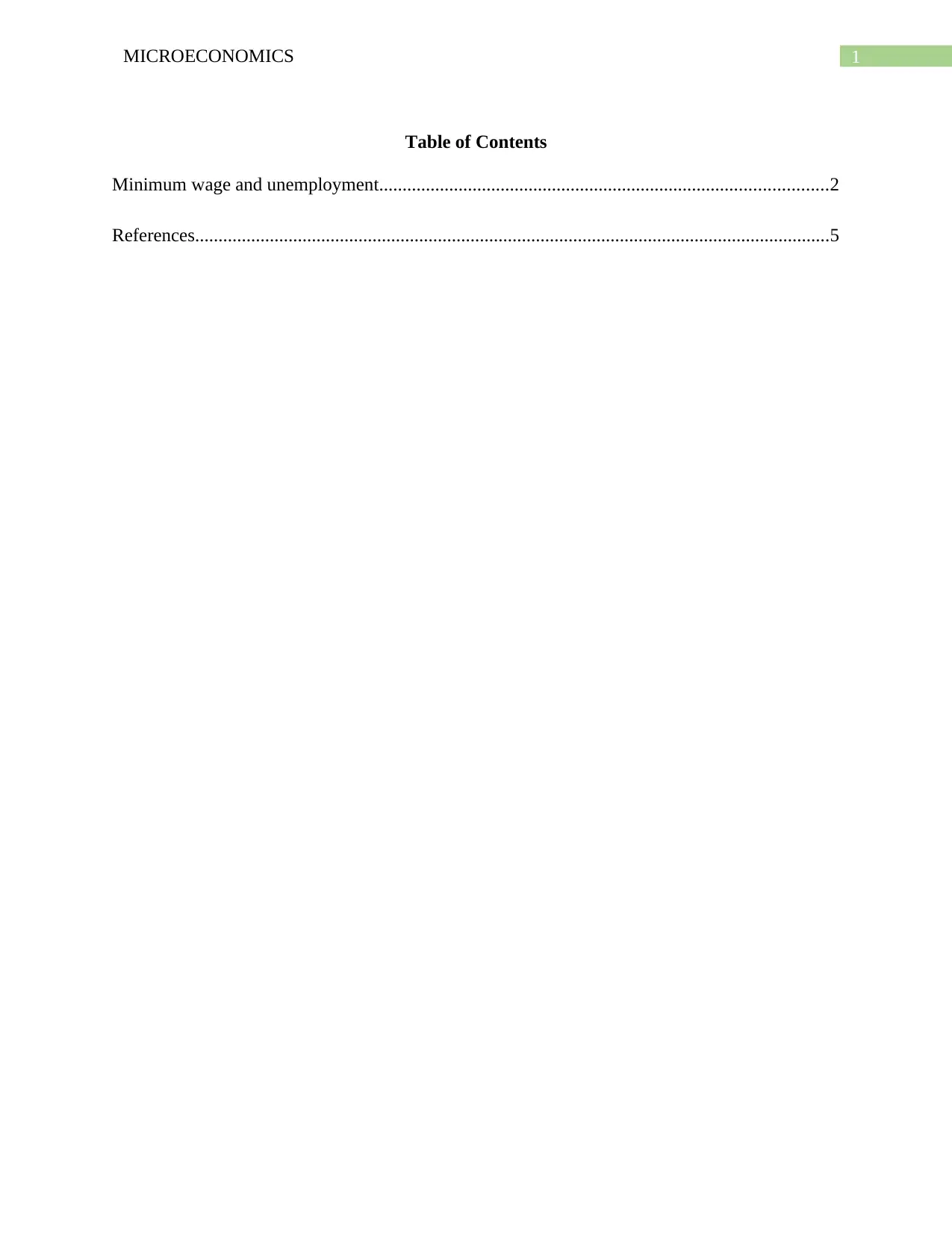
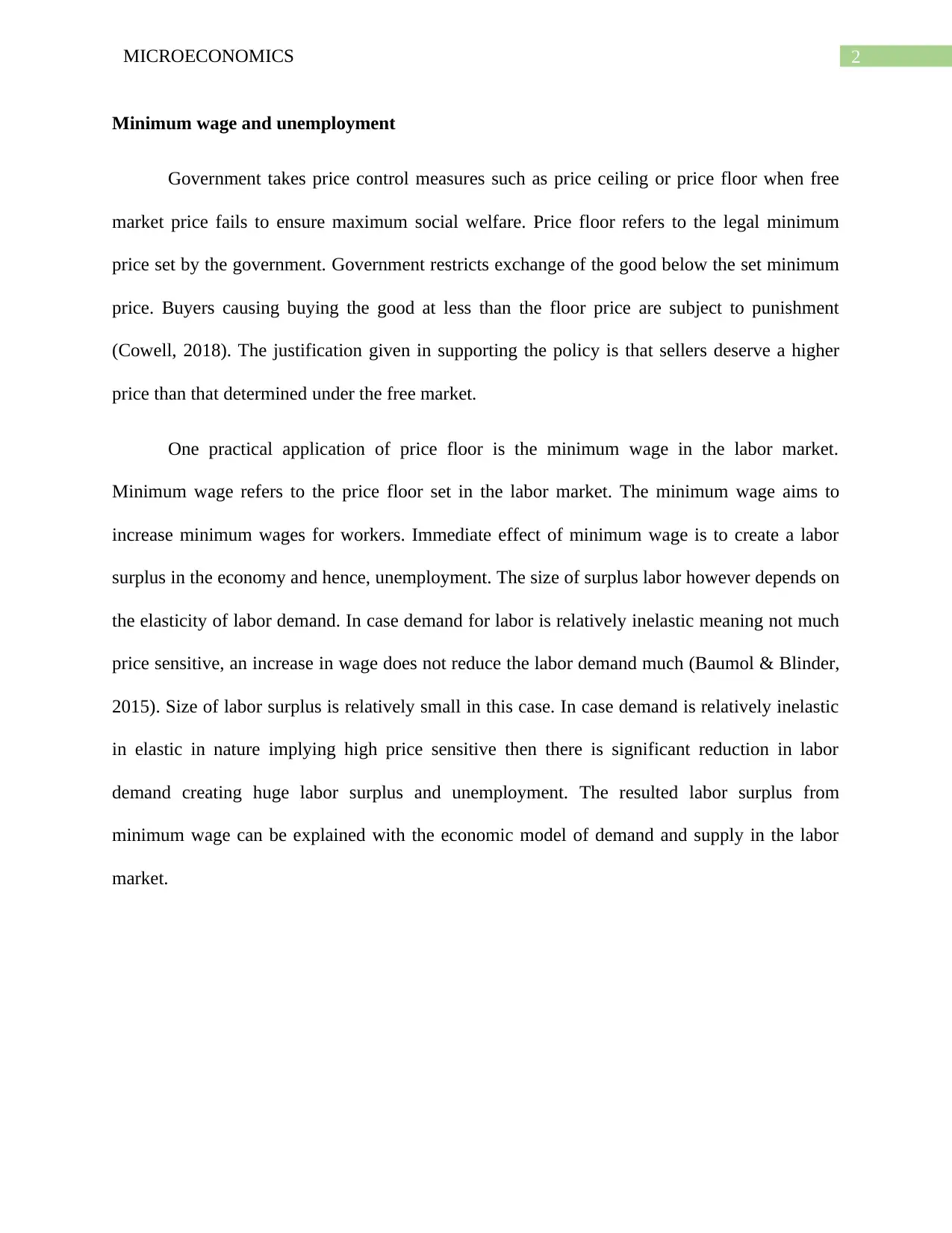

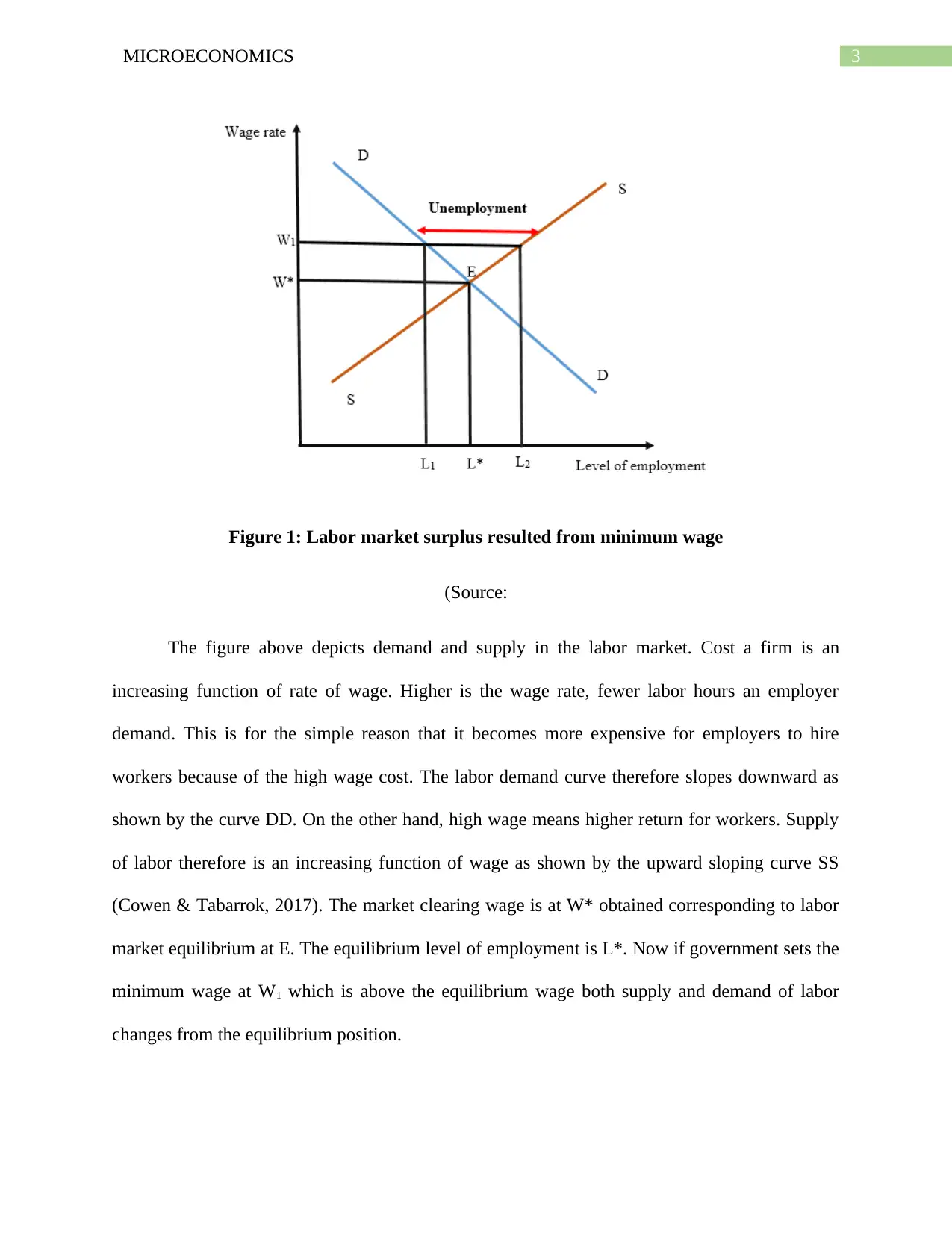
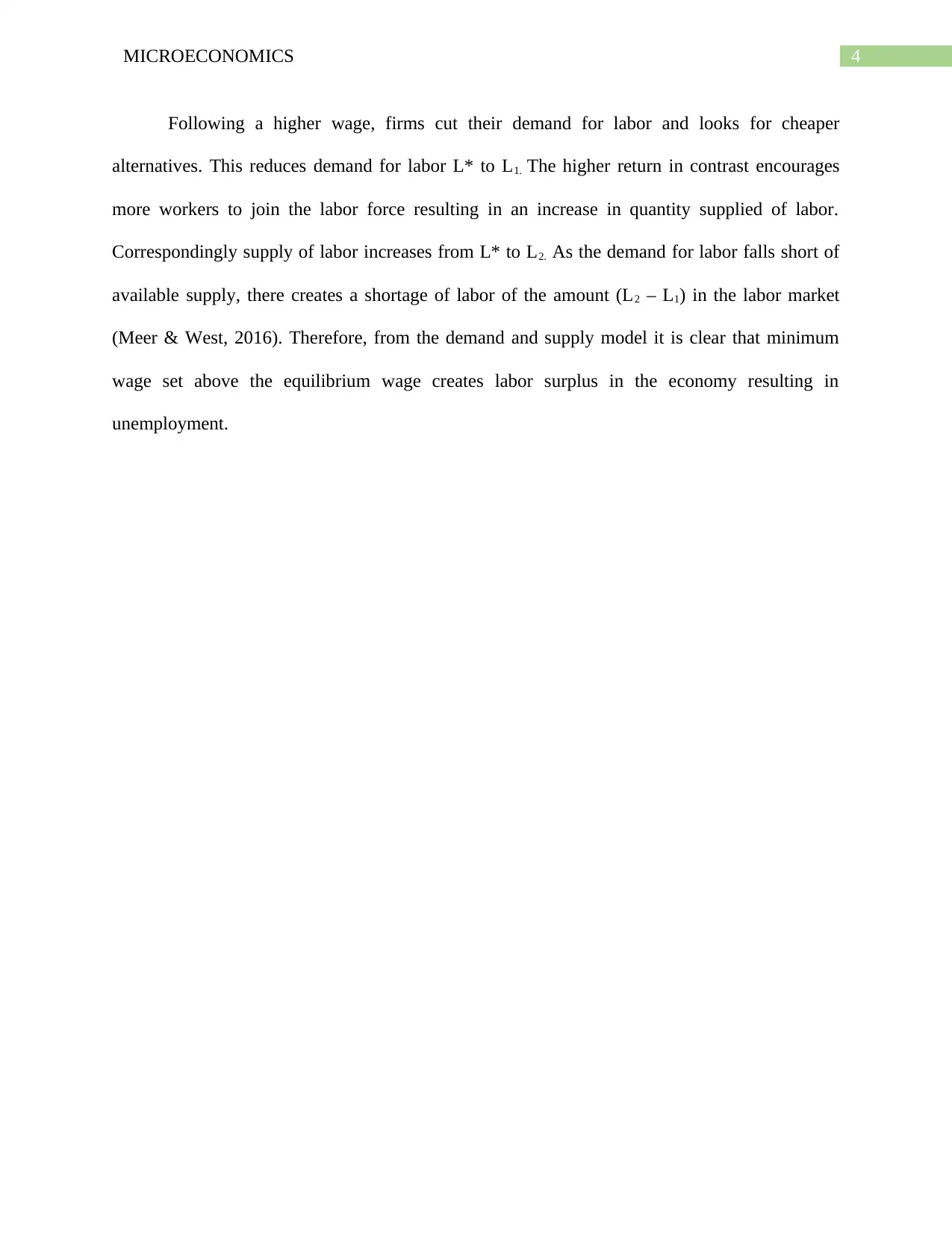
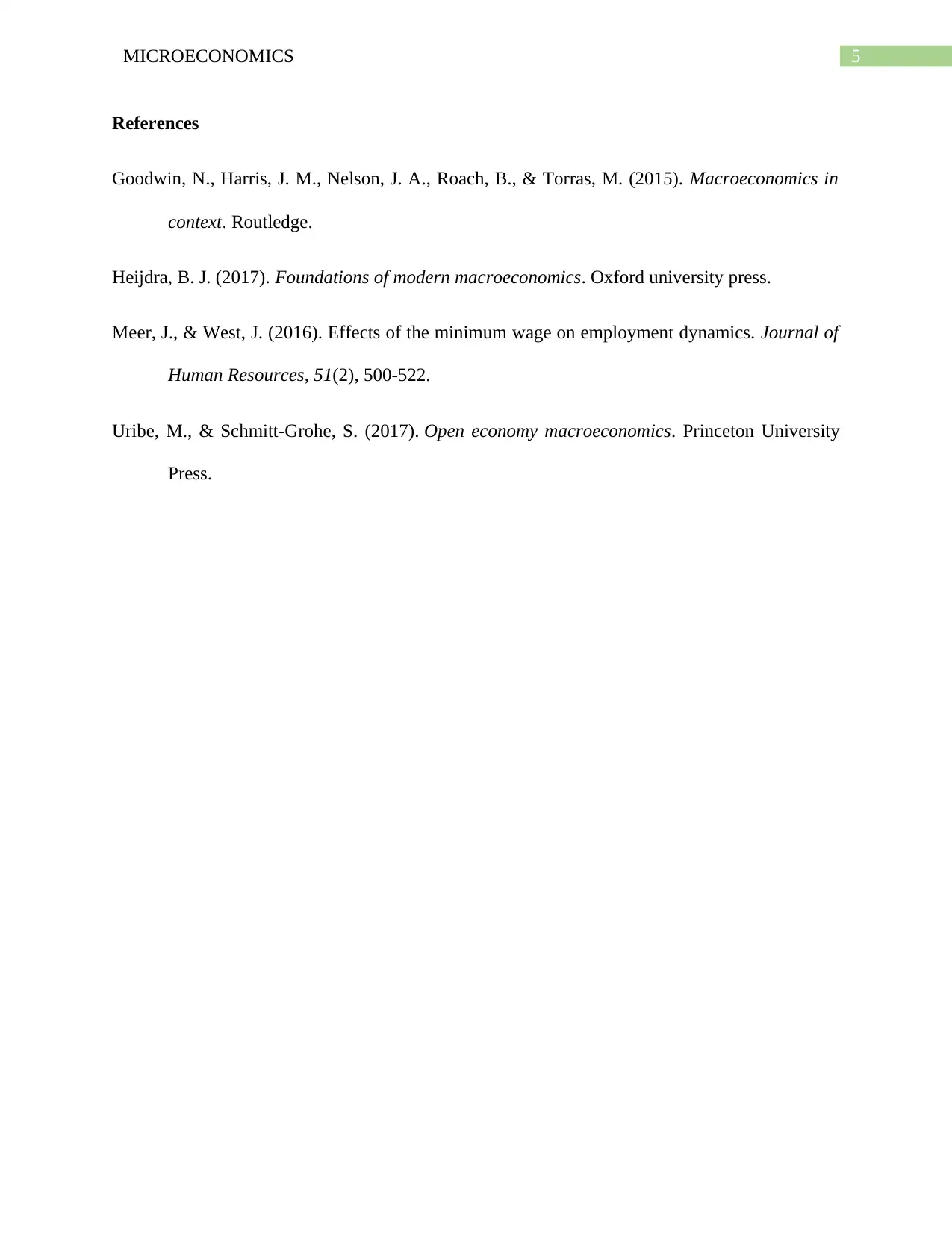






![[object Object]](/_next/static/media/star-bottom.7253800d.svg)